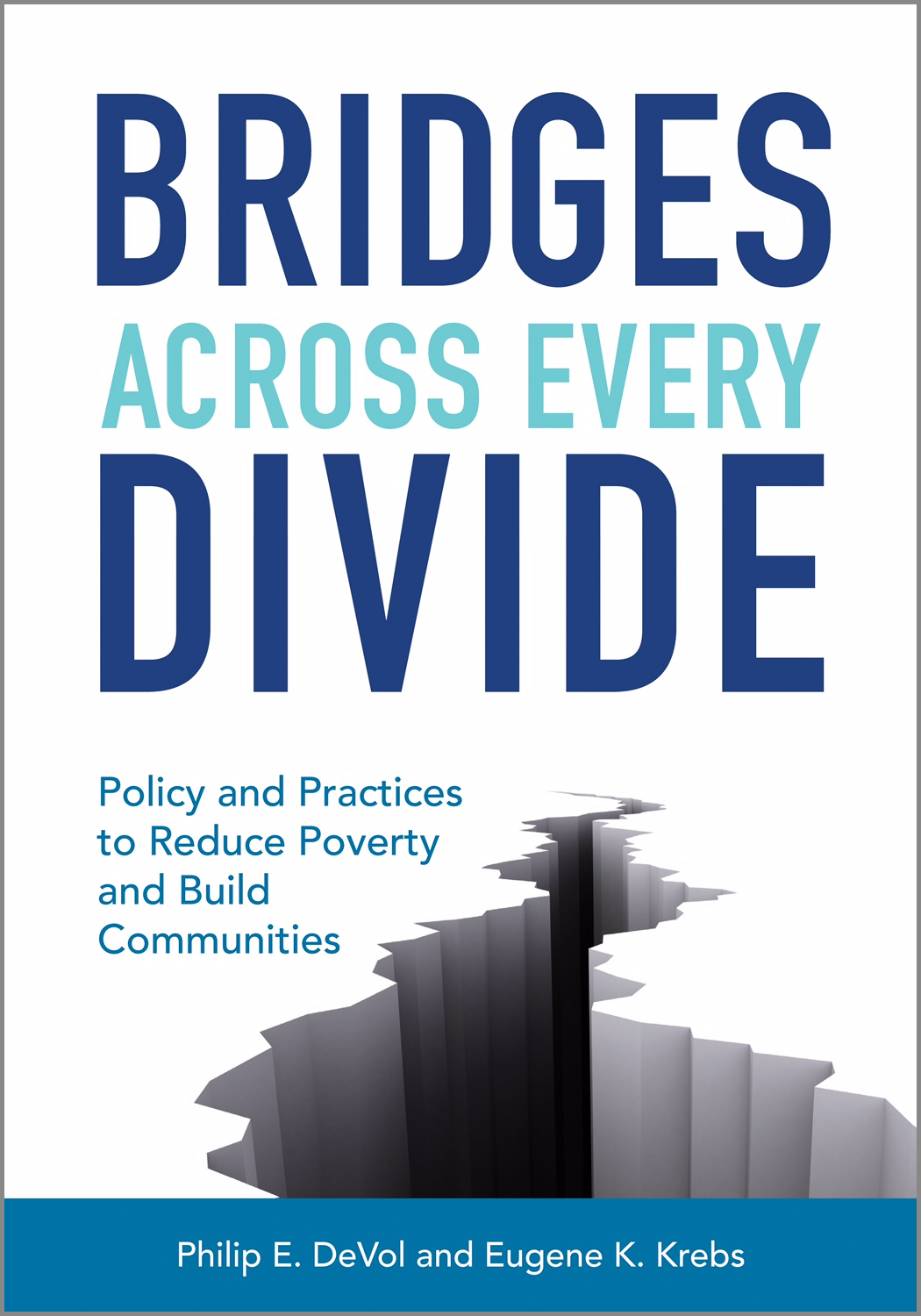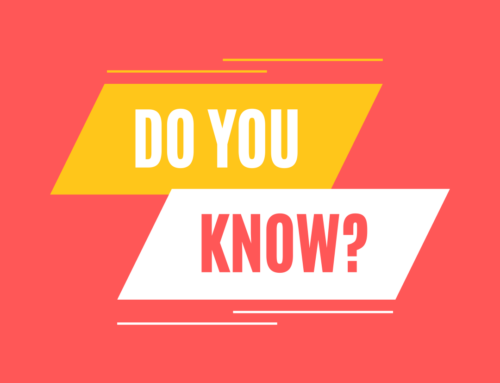Chapter 2 of Bridges Across Every Divide is the beginning of understanding the Bridges concepts, both to understand how it is a tool for today in dealing with poverty, and also in the future in dealing with the current deficits of our democracy.
Telling people what to do is like pouring water on a rock; it looks wet, but nothing soaks in. For too long we have treated those in poverty, those who work with them, and the problems of poverty as rocks, things that must react to simple, middle-class bromides. Middle-class and wealthy people can also be treated like “rocks,” especially on cable news shows.
This is not unlike how we treat our political problems.
Poverty is complex, and in understanding the Bridges approach, by extension, you can begin to understand also how to deal with policy and politics.
The first item is to develop a common language so everyone understands what poverty actually is. If someone were to stop you and ask for directions to a certain place, and you gave the distances in miles, but they only knew kilometers, it would not work that well, would it?
Bridges Across Every Divide also asks you to give your judgmental mind a rest, the mind that jumps to conclusions and thinks very fast, what Nobel laureate Daniel Kahneman calls the “System 1” mind.
Instead, Bridges works on the theory of attraction, where people and institutions are attracted to the work and not ordered to engage; they get involved due to excitement, an excitement we hope you will come to share.









